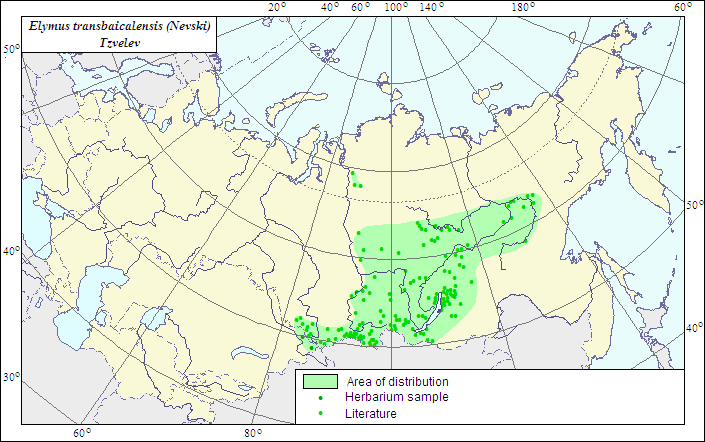 | ||
Transbaikal cossacks song xviii c
Transbaikal, Trans-Baikal, Transbaikalia (Russian: Забайка́лье, Zabaykalye; [zəbɐjˈkalʲjɪ]), or Dauria (Даурия, Dauriya) is a mountainous region to the east of or "beyond" (trans-) Lake Baikal in Russia.
Contents
- Transbaikal cossacks song xviii c
- Nini rosso russian folk songs 10 through wild transbaikal steppes
- Etymology and history
- Fauna and flora
- Geography
- References
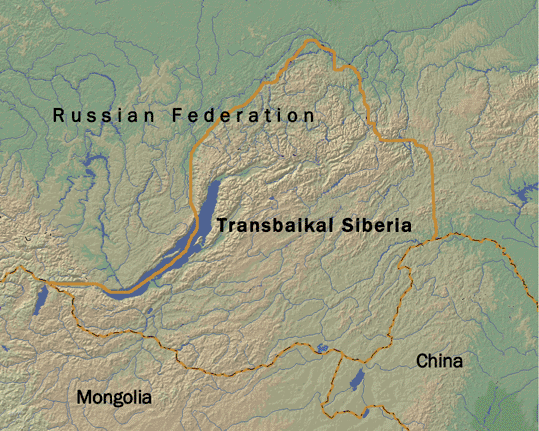
Nini rosso russian folk songs 10 through wild transbaikal steppes
Etymology and history
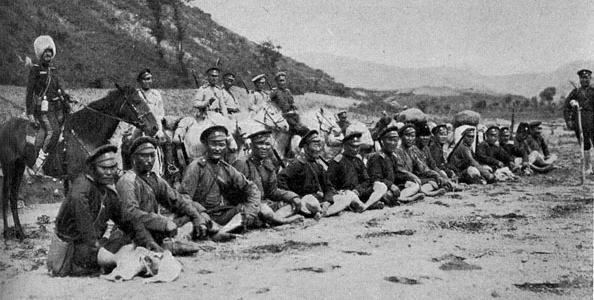
The alternative name, Dauria, is derived from the ethnonym of the Daur people. It stretches for almost 1,000 km from north to south from the Patomskoye Plateau and North Baikal Plateau to the Russian state border. The Transbaikal region covers more than 1,000 km from west to east from Baikal to the meridian of the confluence of the Shilka and Argun Rivers.
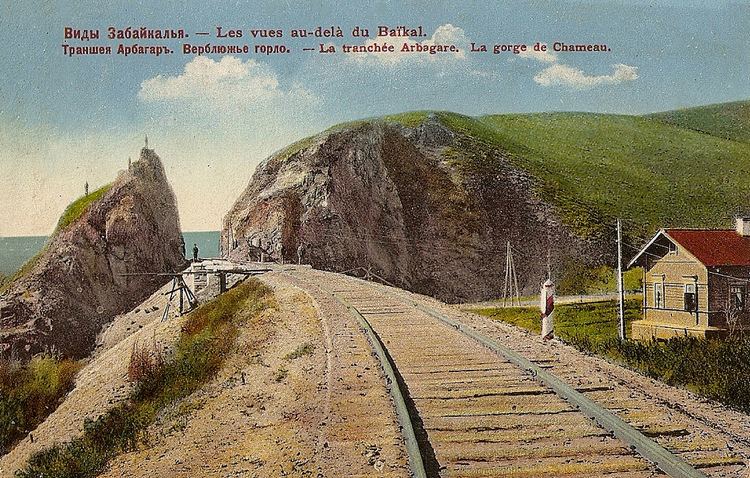
In Imperial Russia, Dauria was itself an oblast with its capital at Nerchinsk, then at Chita and became part of the short lived Far Eastern Republic between 1920 and 1922. It is currently divided into Buryatia and Zabaykalsky Krai and makes up nearly all of the territory of these two federal subjects.
Fauna and flora
The region has given its name to various animal species including Daurian hedgehog, and the following birds: Asian brown flycatcher (Muscicapa dauurica), Daurian jackdaw, Daurian partridge, Daurian redstart, Daurian starling, Daurian shrike and the red-rumped swallow (Hirundo daurica). The Mongolian wild ass (Equus hemionus hemionus) is regionally extinct from the region.
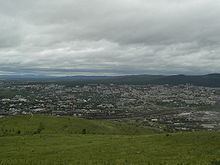
The common name of the famous Dahurian larch (Larix gmelinii) as well as that of the Dahurian buckthorn (Rhamnus davurica) are also derived from the same source.
Geography
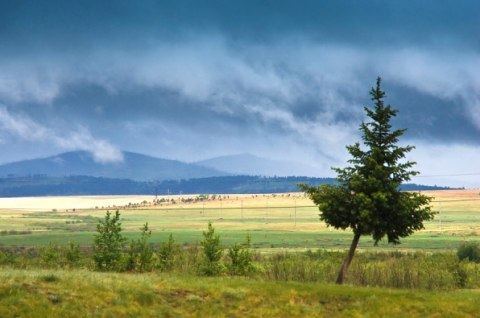
Oktyabrsky (Октябрьский) village, Amur Oblast, near the Russia-China border is a large site of uranium mining and processing facilities.
Part of the area is protected by the Dauria Nature Reserve.
